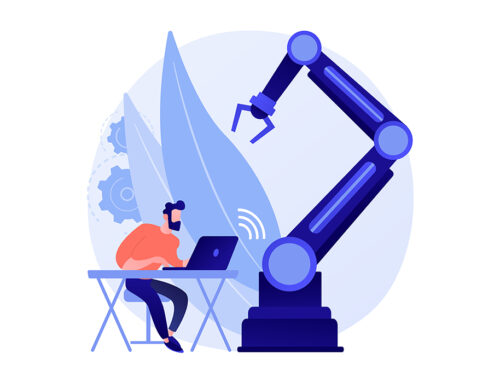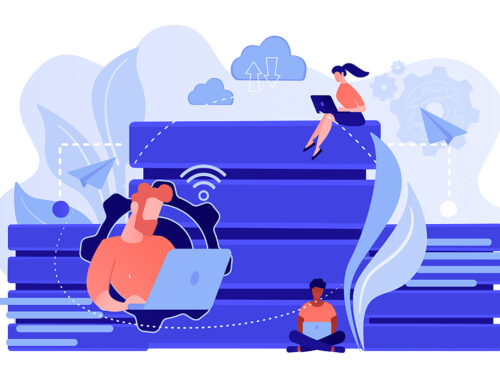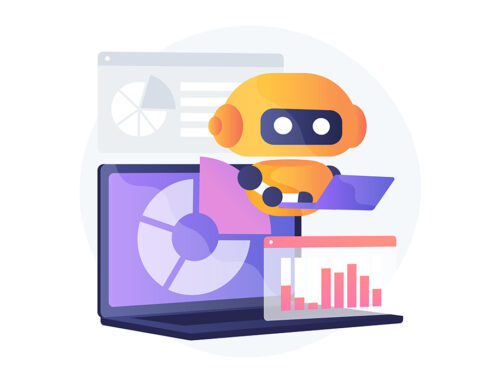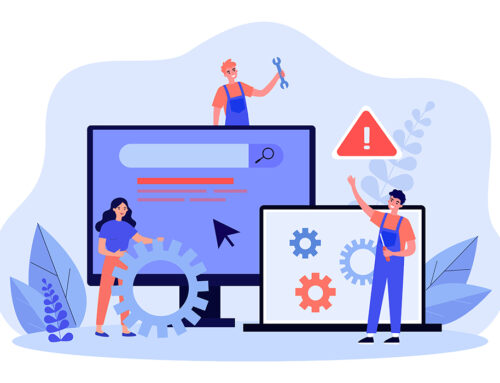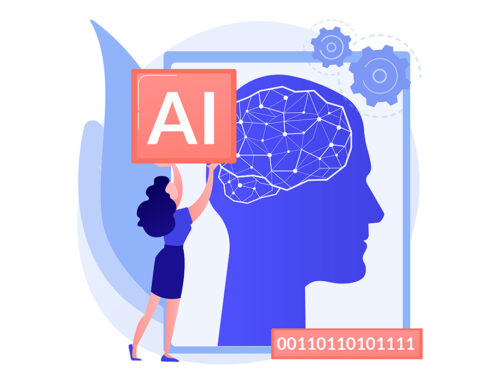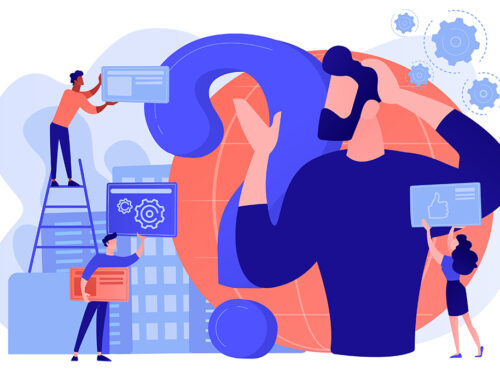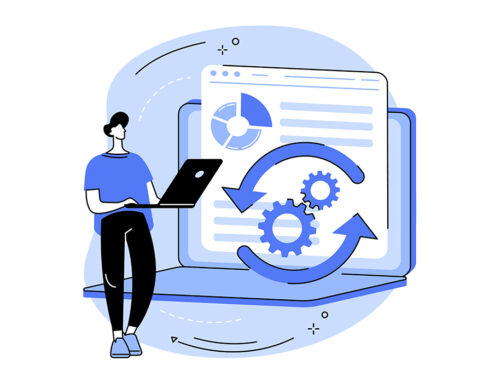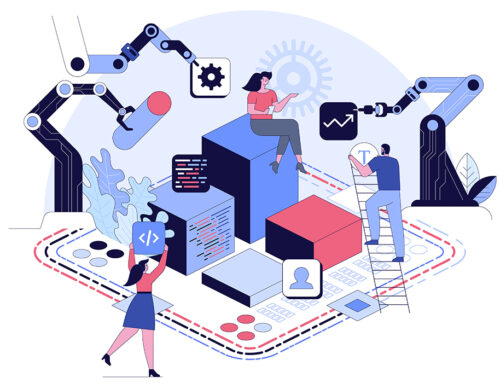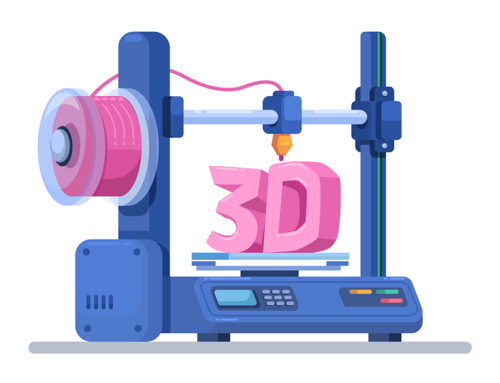Field service is changing. With an ongoing labour shortage, shifting demands from talent, and technology advancing faster than ever, companies that are not moving forward are actively being left behind.
Author Nick Saraev
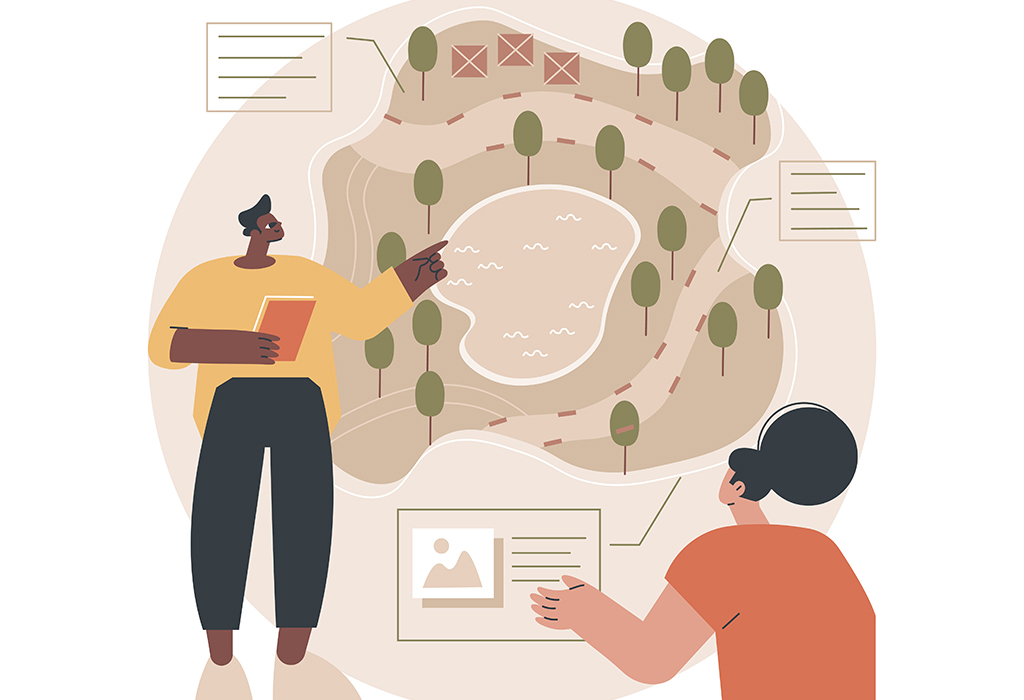
Photo: Freepik
How can your team strategize for the future? Clinten van der Merwe from Tomra shared his technique at our recent Power of 50. By embracing remote solutions, you can stay ahead of the curve and continue to grow your aftermarket offerings.
Common Aftermarket Challenges
Aftermarket sales and field service have a plethora of issues that keep them from growing into the top revenue source for any company. This is despite being an incredibly effective way to drive green initiatives and connect with clients long-term.
Some of these challenges include
- Skilled labour shortage – The lack of skilled technicians has been an issue for years, and the new talent entering the workforce has different expectations of their employers
- Technical adaptation – IIoT, machine learning, and remote solutions have transformed the aftermarket landscape, and falling behind is more expensive than adapting
- Employee retention and attracting new talent – With far more expectations around work-life balance and job satisfaction to deal with, it can be difficult to keep talent on board
- Training and development – As technology and products rapidly advance, keeping employees trained and up-to-date is vital
- Regulatory compliance – The aftermarket industry is subject to numerous regulations and standards, especially in sustainability. Keeping up with these requirements can add complexity and cost to operations
- Customer expectations – Consumer preferences and expectations are constantly evolving, and aftermarket businesses must keep up with the changing demands and offer customization options to remain competitive
- Workforce management and strategic planning – When considering your carbon footprint and overall efficiency, managing your team and planning projects becomes significantly more complex
- Health and safety concerns – The aftermarket industry has high safety standards, and failure to comply can result in risks to both employees and customers, as well as potential legal consequences
- Diversity and inclusion – Gen Z is the most diverse workforce in history, and preparing for their presence in the workforce can be overwhelming. Offering more remote options opens the door for more skilled workers than ever before
One of the first things new talent asks about is the flexibility of a job. If your team can promise remote and hybrid opportunities, you’ll be able to bring in the most promising, skilled workers of the next generation.
With over half of Gen Z professionals pushing employers to be more environmentally friendly, companies can’t wait to make changes. Sustainable, flexible business practices are the most effective way to fight back against the labour shortage and effectively plan for the future.
The Value of Field Service
To overhaul your service strategy, you must start by bringing the C-suite executives on board. You’ll need to articulate the vision of the strategy clearly. This involves explaining the challenges you’re facing and how the initiative will align with overall corporate objectives.
Aftermarket is often seen as an afterthought, but in reality, it is one of the most important manufacturer offerings. When you sell a client a new product, you engage with them for a miniscule amount of time.
On the other hand, aftermarket parts and services will be that client’s experience of your brand for the better part of a decade or more. This is why it’s so vital to have a clear vision for what your service department can be.
For example, Tomra developed this short, cohesive mission statement to help establish their aftermarket team as a core part of the company.
“We are our customers’ trusted service partner to continually drive their plant performance and turn waste into value. We do this with leading-edge technical support, training, and operational performance solutions.”
By keeping this vision at the forefront of their minds, they compiled a list of value offerings, including
- State-of-the-art, proactive technical support
- Data-driven real-time optimization
- Continuous training of customers’ maintenance and operations teams
- Knowledge, insights, and advisory
- Connecting with customers via a large service global network
Using these goals as a guiding light, the team could stay on track with their development and tell customers exactly what to expect.
Revolutionising the Service Process
To accomplish the goals set out in its mission statement, Tomra created a clear-cut process for dealing with service issues in the field. Rather than creating a process that fit their current capabilities, they thought ten years into the future and imagined an efficient, remote, sustainable plan.
This process focused on providing data and information to clients so they could feel empowered to solve issues on their own. It also made space for more remote maintenance and support.
Issue Detection
As soon as an issue or service event occurs, or is predicted to occur, the monitoring system will alert the service team. The client is alerted to the issue through a mobile app and can instantly access repair guidance.
This stage requires
- Remote monitoring
- Predictive maintenance
- Preventative maintenance
- Automated customer alerts
Customers expect monitoring and proactive detection, so this workflow is imperative to staying on top of market trends.
Self-Service Resolution
Using the repair guidance, customers will attempt to resolve the issue. This cuts back on the time it takes to solve the problem because they will already be on-site. If they aren’t able to resolve the issue, they can contact the remote triage.
To make this stage run smoothly, you must have
- Overlaid self-service instructions
- Remote support
- Metadata capture
Rather than hiring hundreds of technicians over the next several years, your company can get ahead of the labour shortage by offering solutions for your client’s on-site team.
Expert Support
AI can automatically recommend parts to solve the issue, and the contact centre can dispatch a tech.
This requires
- Parts recommendations
- Scheduling optimization
- Remote support
- Metadata capture
There will be a remote supervisor available to assist in any difficulties, helping reduce the need for technicians who are experts at every fix. It will also actively increase first-time fix rates because there is no need to bring in a second technician for particularly complex issues.
Close Case
Upon completion, the field service team can send the work order info to the knowledge system and ensure its data is up-to-date. This includes information about
- Equipment
- Findings and resolutions
- Travel time
- Video data
Having this information equips your team to continue their efficiency journey.
This process required several innovations that Tomra didn’t have at the time but gave them a clear roadmap for how to create a system that worked within the challenges they faced.
The North Star
To stay focused on the future of their business, Tomra chose a “North Star” goal. For them, this aspiration is to provide 100% remote service by 2035.
This support will be available 24/7/365, and their technicians will be able to work from anywhere, eliminating the need for travel and reducing overhead costs, and their carbon footprint.
Achieving this goal requires them to develop and implement every step of their ideal process, and consider field service to be a major part of driving revenue. It ties together all the planning and strategizing into one tangible, measurable goal.
In Conclusion
Many companies look at the challenges facing their field service teams as the enemy. However, even if you find the perfect team members, or meet sustainability goals now, you will still have issues in a couple of years.
Rather than fighting against the changes that are occurring, van der Merwe suggests working with them and seeing what innovations can be found. By adapting to the current market, you can ensure your strategy stays relevant and carries you into the future.
About Copperberg AB
Founded in 2009, Copperberg AB is a European leader in industrial thought leadership, creating platforms where manufacturers and service leaders share best practices, insights, and strategies for transformation. With a strong focus on servitization, customer value, sustainability, and business innovation across mainly aftermarket, field service, spare parts, pricing, and B2B e-commerce, Copperberg delivers research, executive events, and digital content that inspire action and measurable business impact.
Copperberg engages a community reach of 50,000+ executives across the European service, aftermarket, and manufacturing ecosystem — making it the most influential industrial leadership network in the region.



